
Atropa Belladonna
Deadly Nightshade
In Dutch I’m called ‘wolfskers’, ‘wolf-cherry’. My branches bear large berries that ripen to a glossy black, and look like cherries.

There are several possible explanations for the word ‘wolf’ in my name. I’m a very poisonous plant, and several other poisonous plants have popular names that include the word ‘wolf’:
‘wolfsdood’ (wolfsbane), for example, and ‘wolfsbes’ (‘Paris quadrifolia’, herb Paris).
Another explanation is that my black berries resemble the eyes of an angry wolf, and it is said that in the old days I was used to poison wolves – and enemies, too.
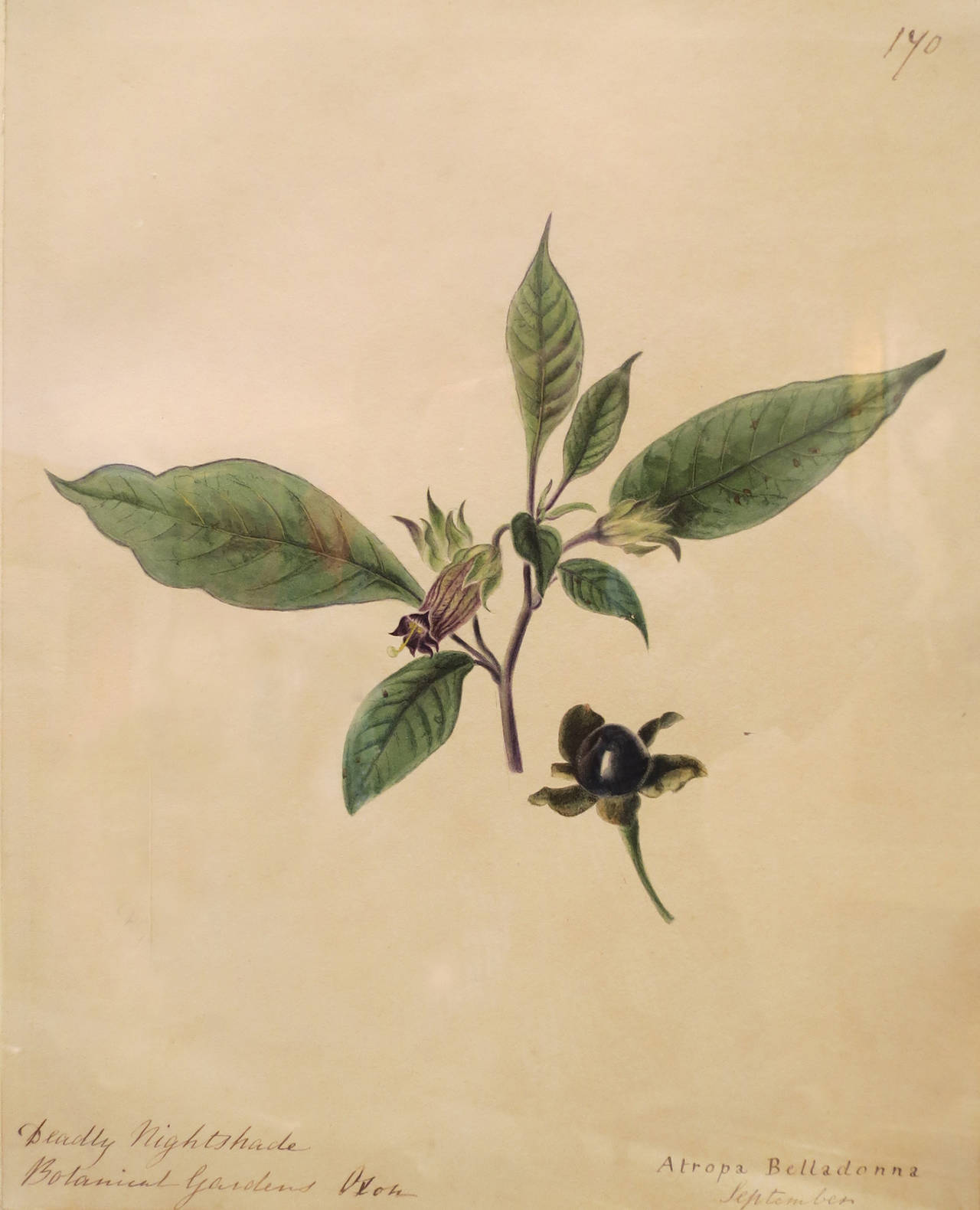
In Dutch I’ve also been called doodskers (death-cherry), ‘dolkruid’ (crazy-weed) and ‘heksenkruid’ (witch-weed), all names that have to do with my poisonous nature.
And I have some wonderful names in English. The most common of these is Deadly nightshade, as I’m the deadliest member of the nightshade plant family that includes the tomato and the potato. My many folk names include Murderer’s berry, Beautiful death, and Devil’s herb.

Some Botox here, some filler there: many young women (and young men) no longer recoil at the idea of being injected with poison (Botox is a muscle relaxant, and who knows what filler contains) in order to have the perfect ‘Instagram face’ – smooth skin, Bambi eyes, a small nose and full lips.
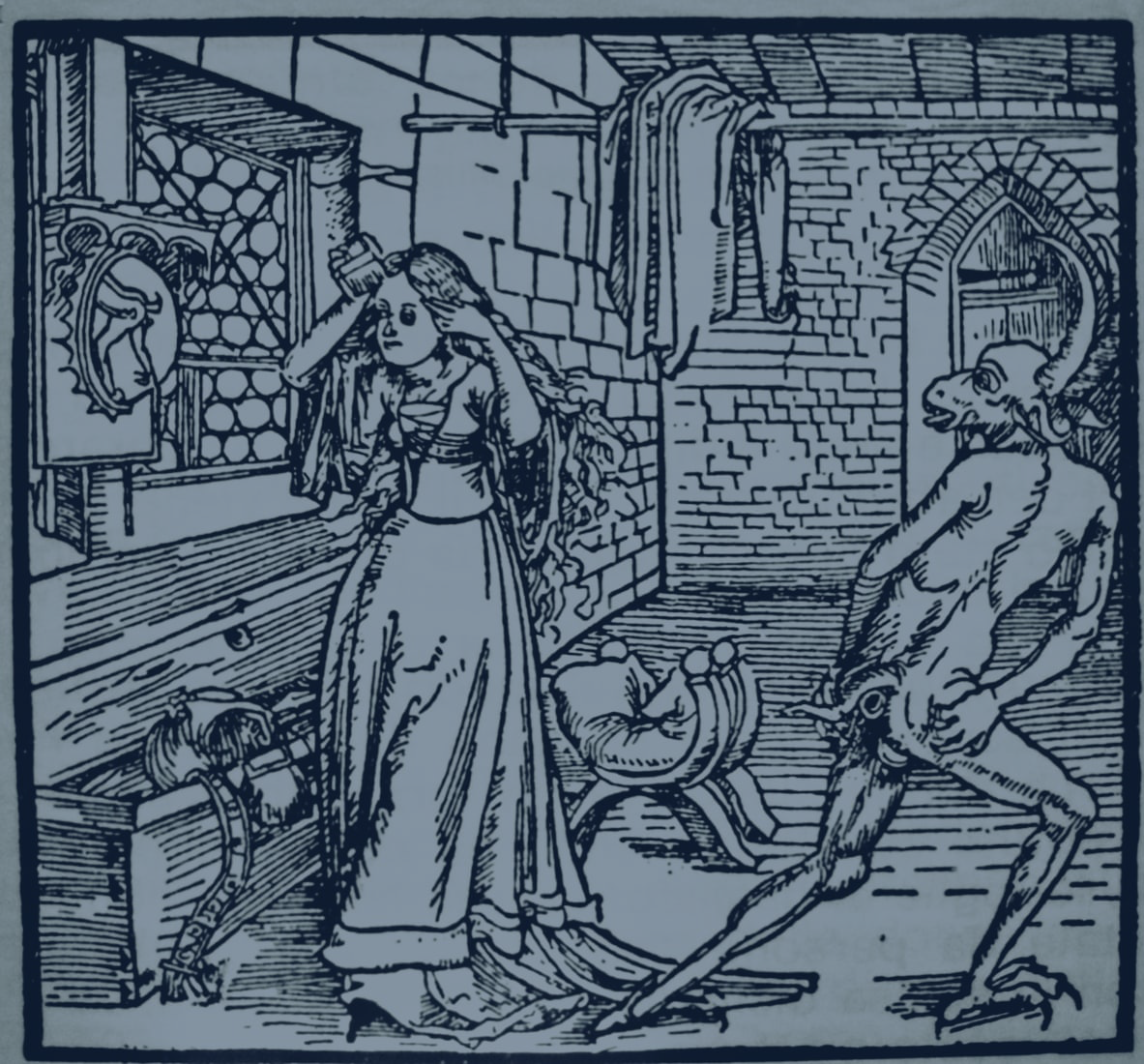
This obsession with appearance and its manipulation is not new, of course. As early as the Renaissance, women used all sorts of methods to ‘improve’ their looks,
including putting drops of my sap into their eyes to make their pupils larger, darker and glossier: the height of seductiveness amongst 16th-century influencers.
The fact that this poison could also cause blurred vision, and sometimes blindness, was simply accepted.
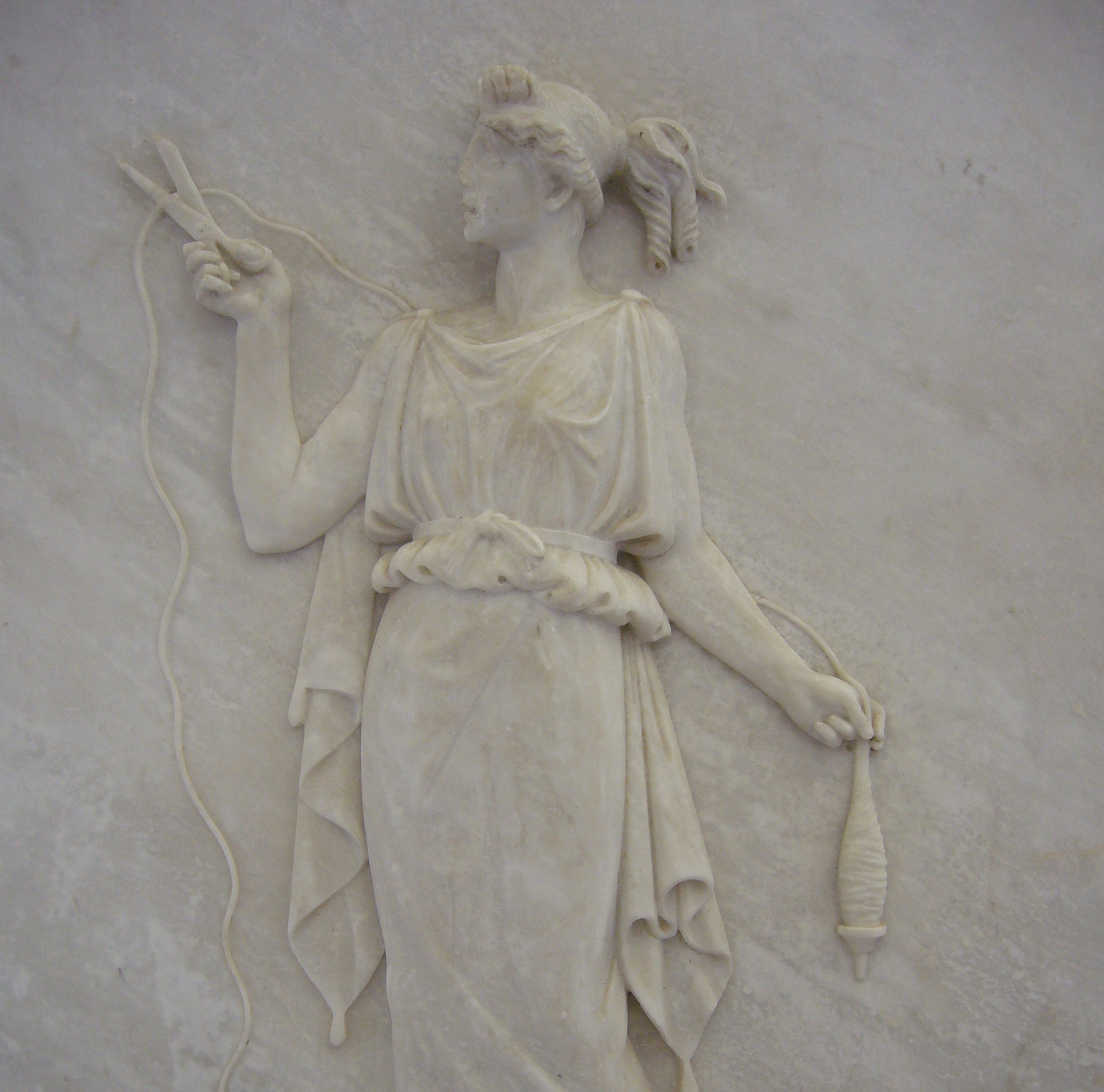
My official Latin name ‘Atropa belladonna’ is taken from this history. ‘Belladonna’ is Italian for ‘beautiful woman’,
and ‘atropa’ is the botanical name of the substance (atropine) with the pupil-enlarging property. Atropos was a Greek goddess who chose the manner of mortals’ death; her name meant ‘the implacable’.
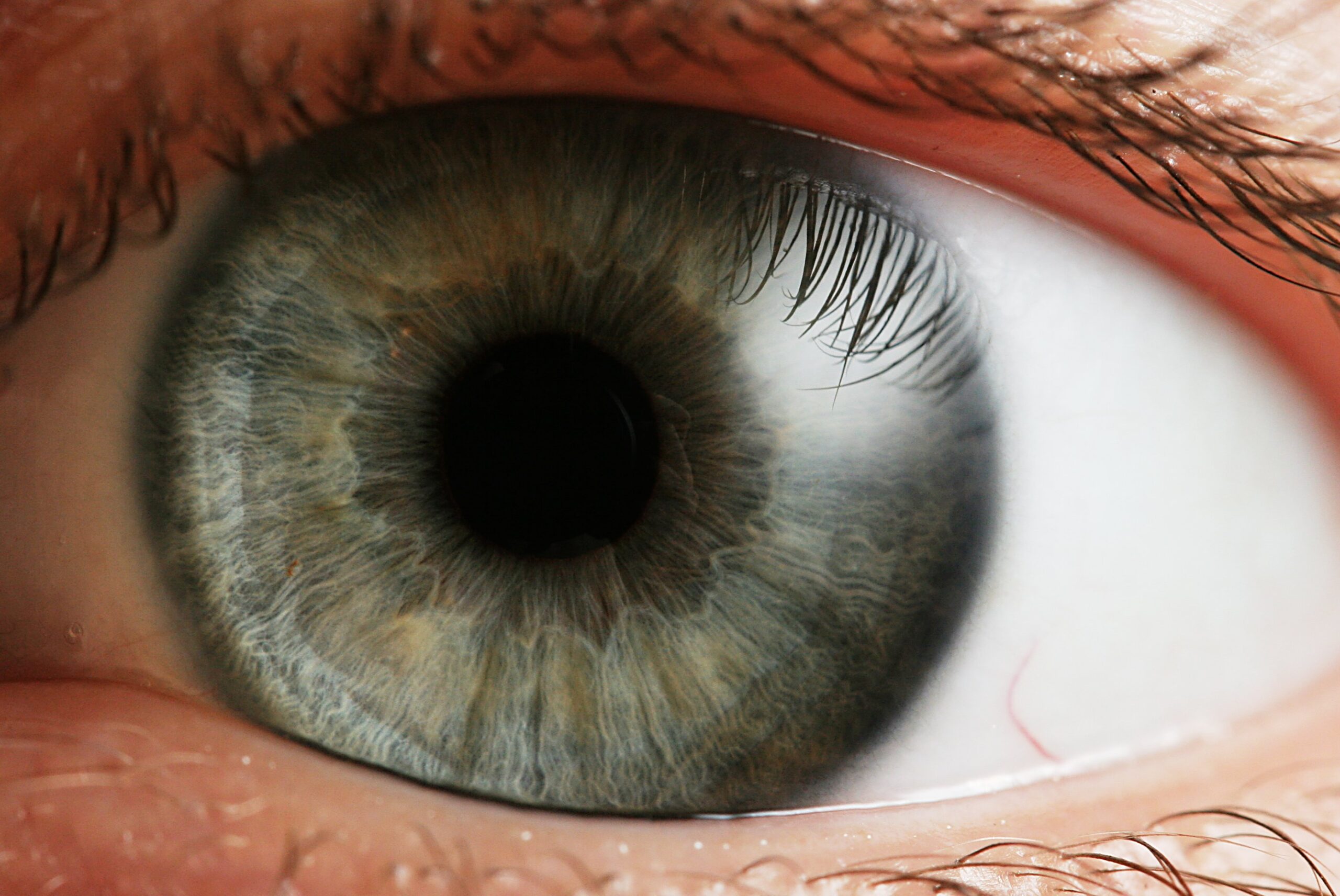
Atropine is still used by ophthalmologists in order to get a better look inside the eye, although the amounts used for this are much smaller.

I’m one of the most toxic plants known. Every part of me contains powerfully poisonous substances, and you should definitely never eat my berries, which contain atropine.
Five berries are enough to make you very ill indeed: within a few hours you’ll suffer a dry mouth, stomach-ache, vomiting, fever and hallucinations. More than ten berries will kill you.
And I’m treacherous, too: my black berries look delicious, and taste quite sweet, so you don’t even know you just ate something deadly.
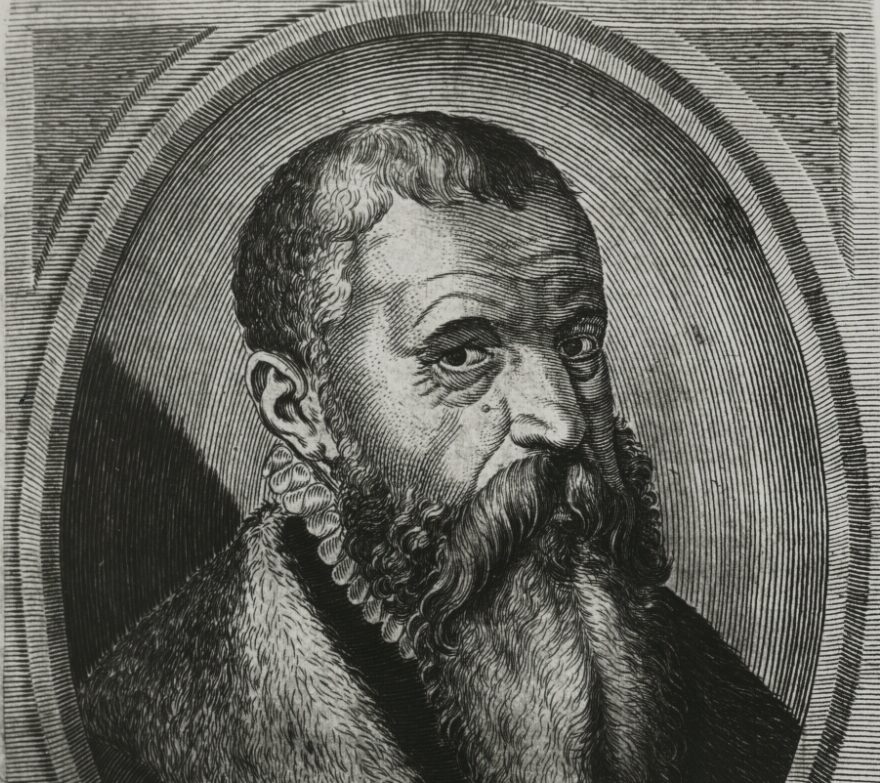
The Dutch physician and botanist Rembertus Dodonaeus wrote, and not for nothing, that I was a ‘quat ende doodelick cruyt’: an evil and deadly herb. It’s no accident that I’ve often been used as a murder weapon in the past.
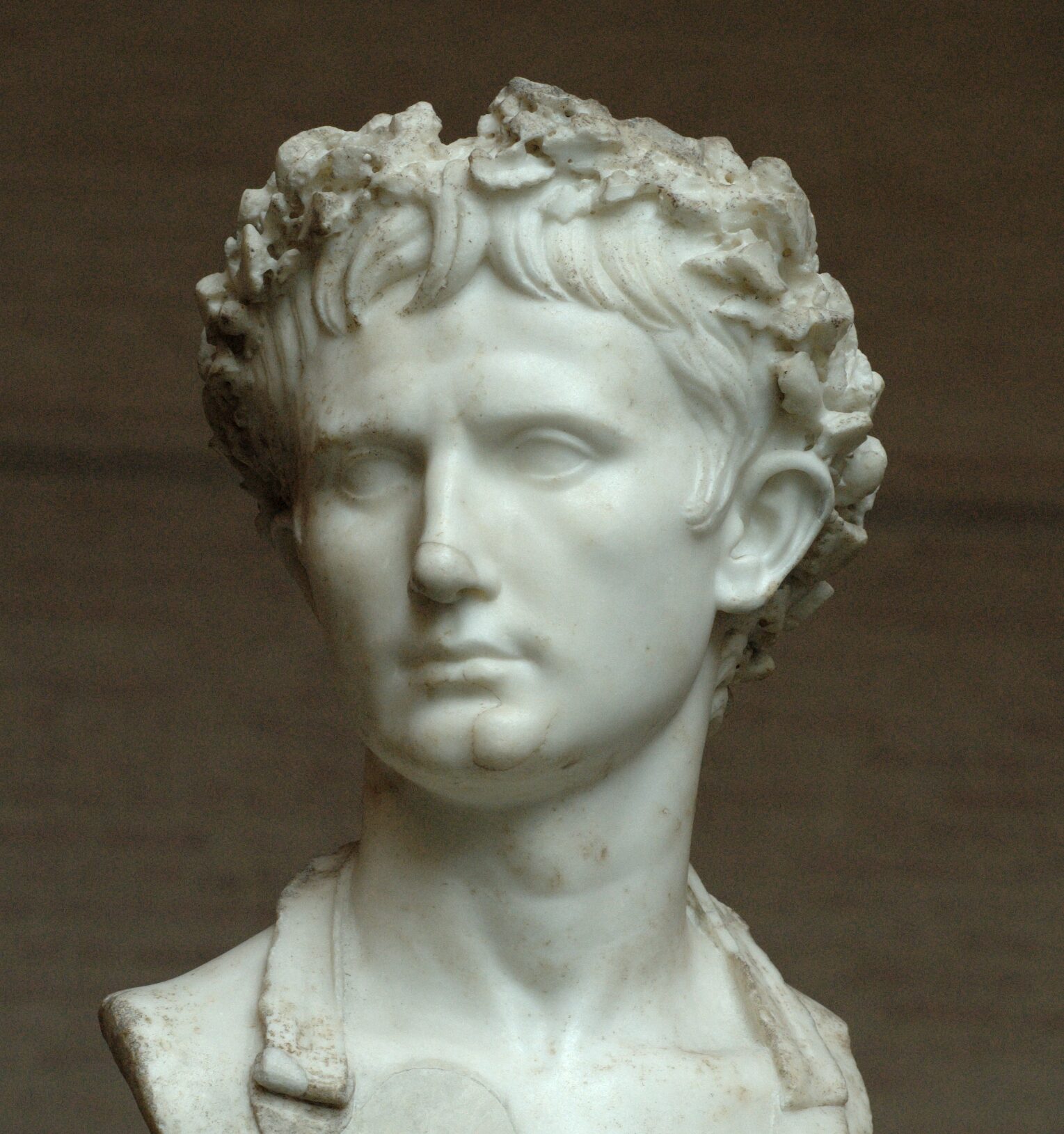
Rumour has it that the Roman empress Livia Drusilla did away with her husband, the Emperor Augustus, by putting my poisonous sap inside some fresh figs.
And the last meal given to the Emperor Claudius, which was also prepared by his wife, contained my berries.
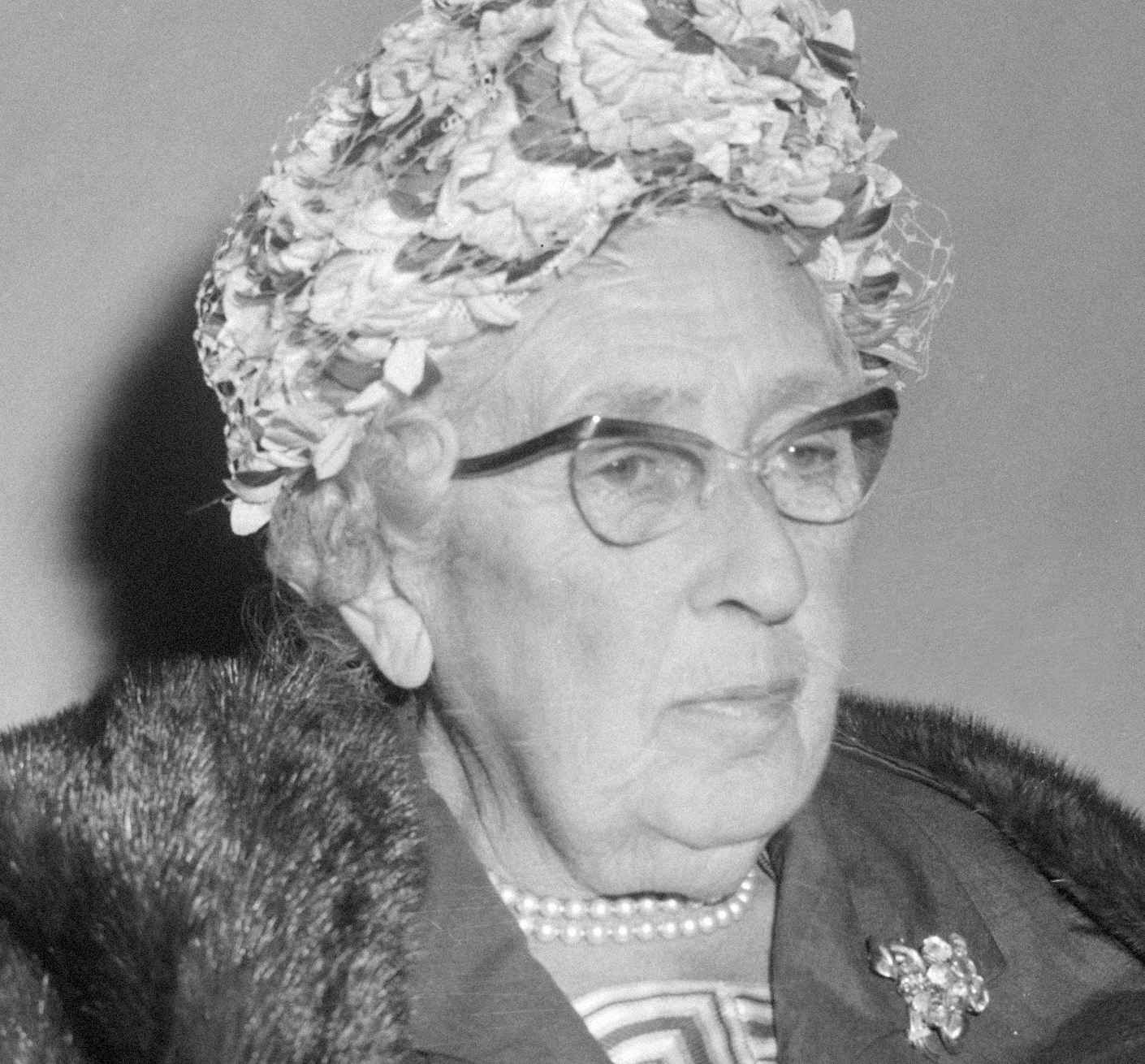
These sorts of gruesome poison murder stories are naturally a wonderful source of inspiration for whodunnits, and atropine regularly figures as the cause of death in detective novels by the ‘queen of crime’, Agatha Christie.

Because atropine relieves cramps and pain, it’s found in all kinds of medical drugs. In the homeopathic world it’s used to treat headache and stomach-ache.
In the medical world I’ve long been used as a pre-med, given before an anaesthetic, to reduce the patient’s saliva production.

Another intriguing fact is that I am the perfect antidote to an attack by a deadly nerve gas such as VX or sarin. Nerve gasses work by overstimulating the nervous system, which leads to a very slow heartbeat and the inability to breathe.
I can prevent this by being injected directly into the bloodstream or into a muscle. The Russian opposition leader Aleksei Navalny, for instance, was given atropine after he was poisoned with a Novichok nerve agent.
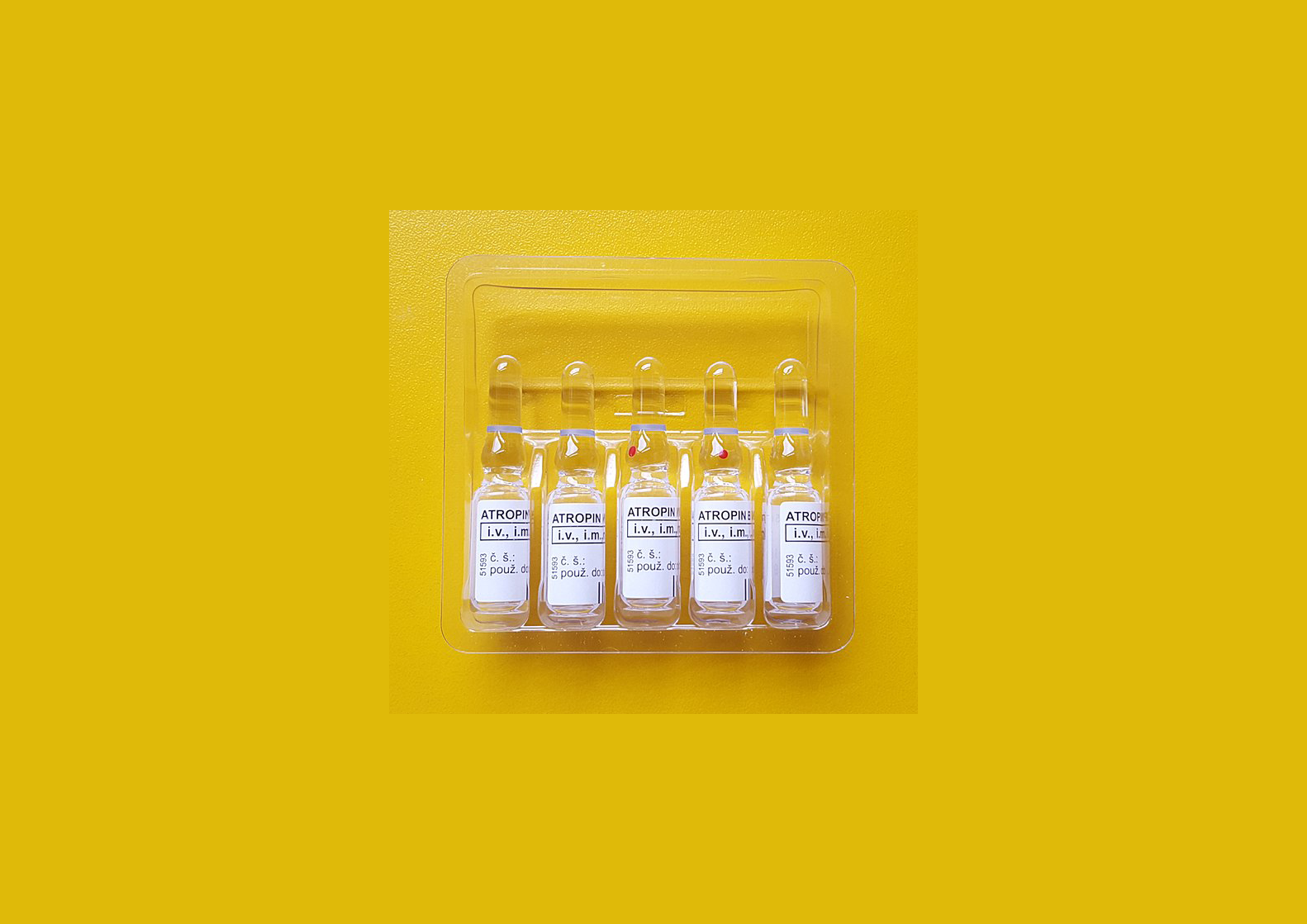
Kim Jong-nam – the older half-brother of Kim Jong-un – was assassinated using the nerve gas VX. During the suspects’ trial, toxicologists revealed that he’d actually been carrying some bottles of atropine in his bag at the time of the murder.
In other words it looked as if he’d been expecting an attack. But why didn’t he use them? No-one knows.
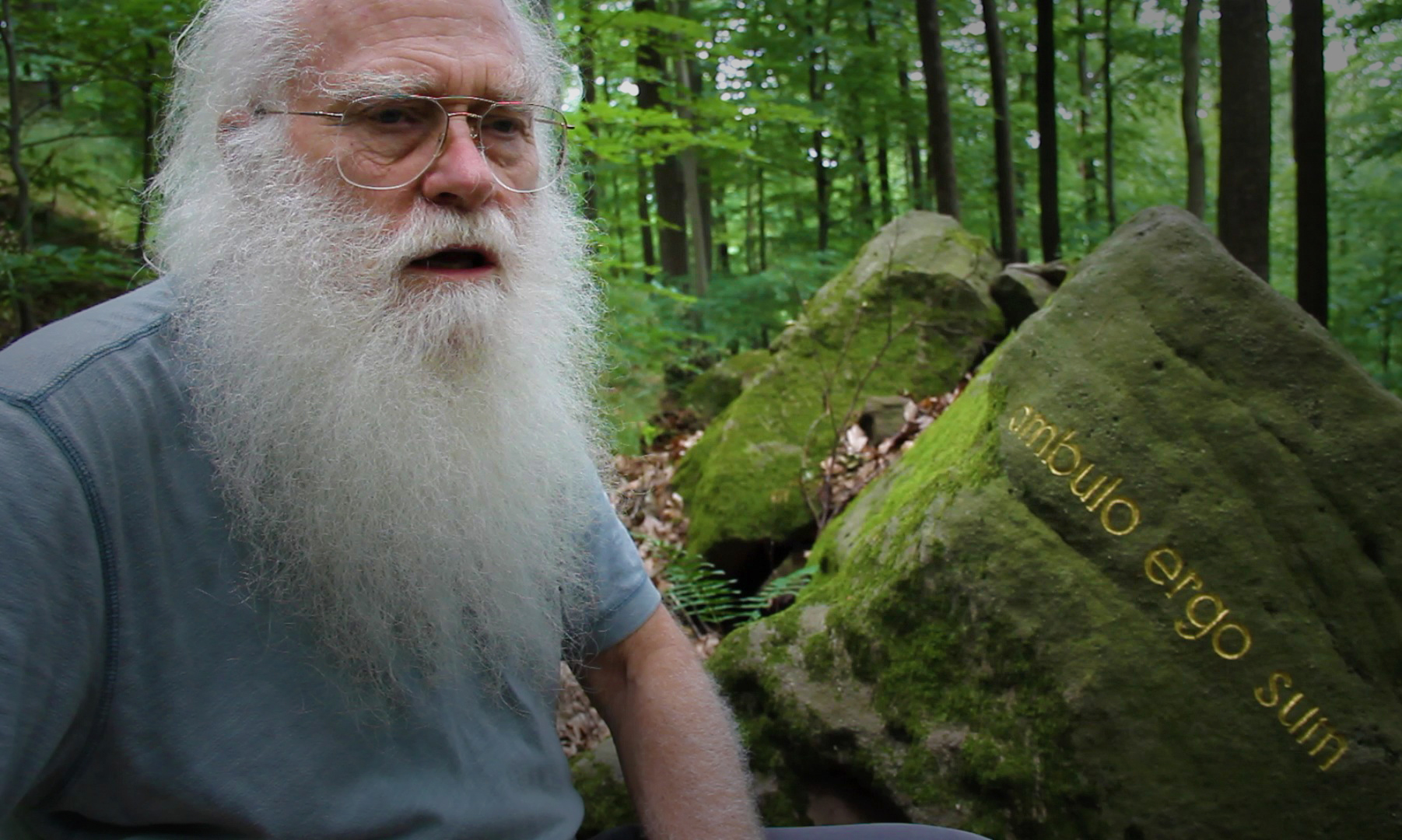
The artist herman de vries has often included me in his artworks. For herman, nature is always art. He puts tree trunks on plinths, draws using different kinds of earth, and hangs museum walls full of all sorts of grasses.
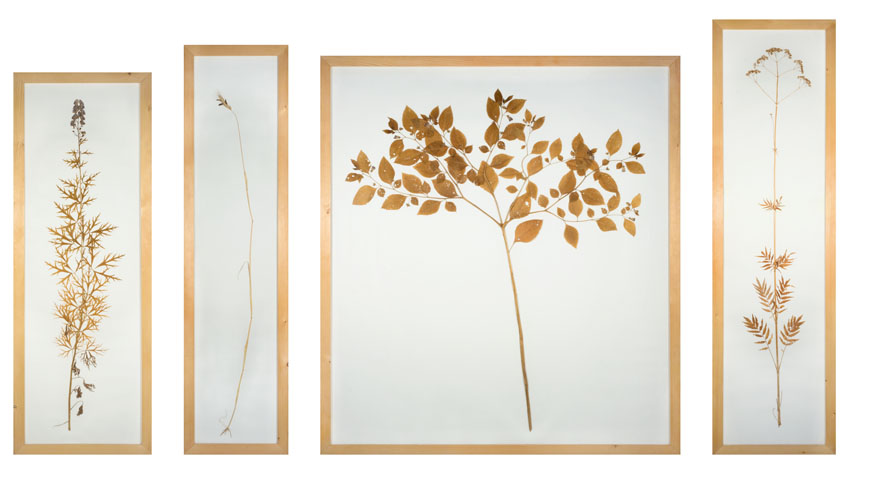
His four-part ‘Monumenta Lamiae’ (1985) (meaning ‘witch monument’) comprises a variety of framed, dried plants on paper: wolfsbane, valerian, ergot and belladonna.
All these plants refer to their oldest uses: wolfsbane for poison, valerian for comfort, ergot for childbirth and abortion, and me, belladonna, for altered states.
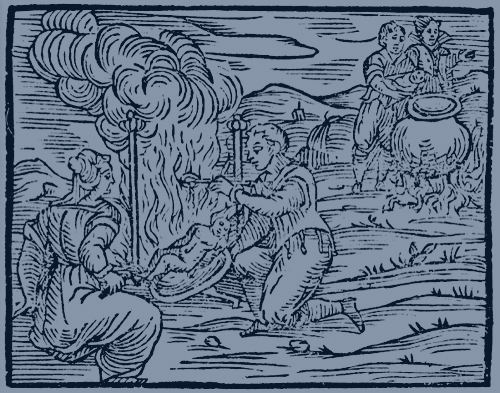
Moreover, these plants are all ingredients of ‘witch’s flying ointment’ – a mixture of fat and a variety of indigenous poisonous plants, like me, that ‘witches’ rubbed onto their bodies.
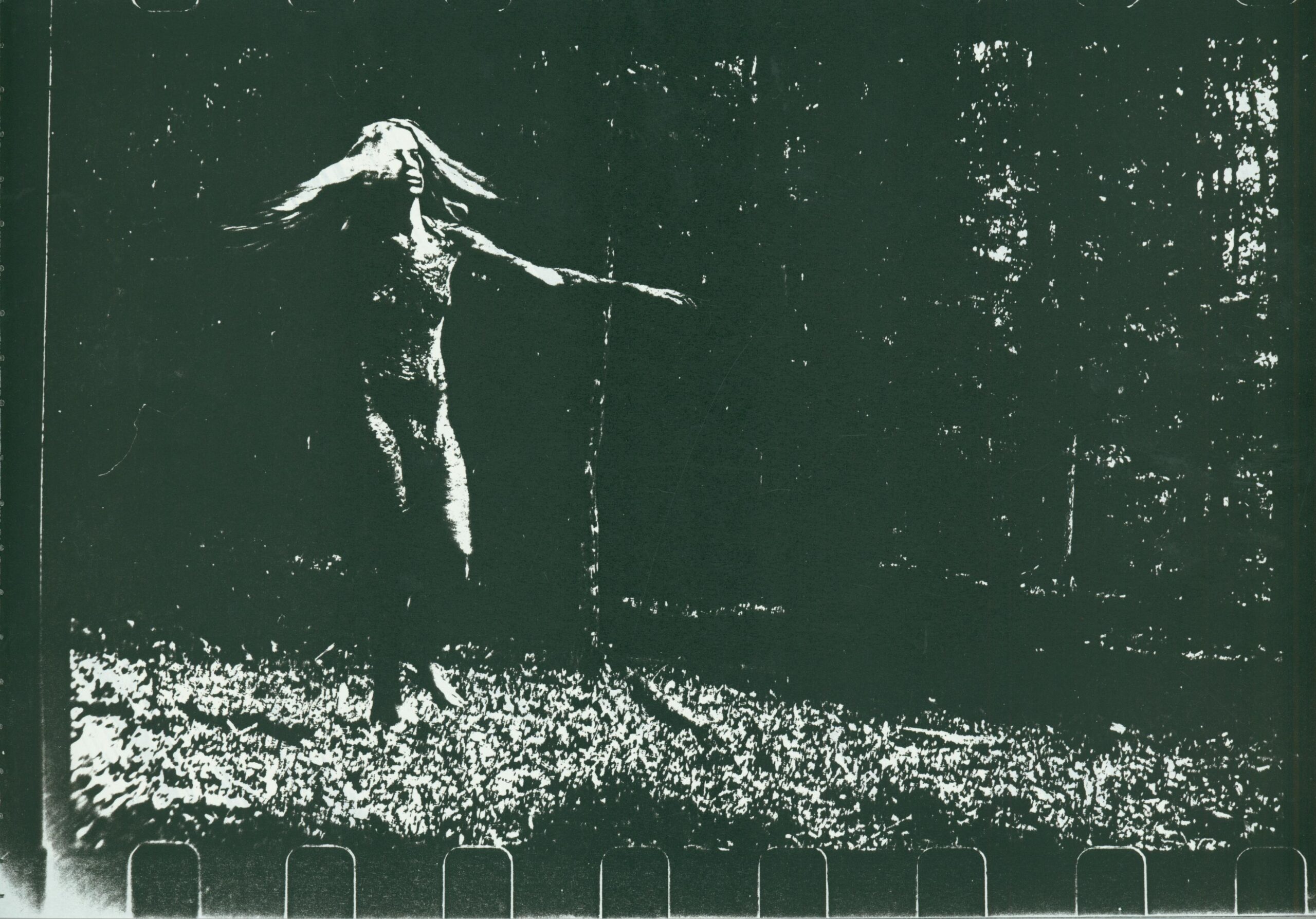
Herman de Vries shows the hallucinogenic effects in a 30-minute film, called ‘bella donna’. A woman skips and dances through the woods.
She has eaten some of my berries, and is seeing all sorts of delusions. Her pupils are huge and she can hardly bear the light. I wouldn’t be surprised if she flew away…


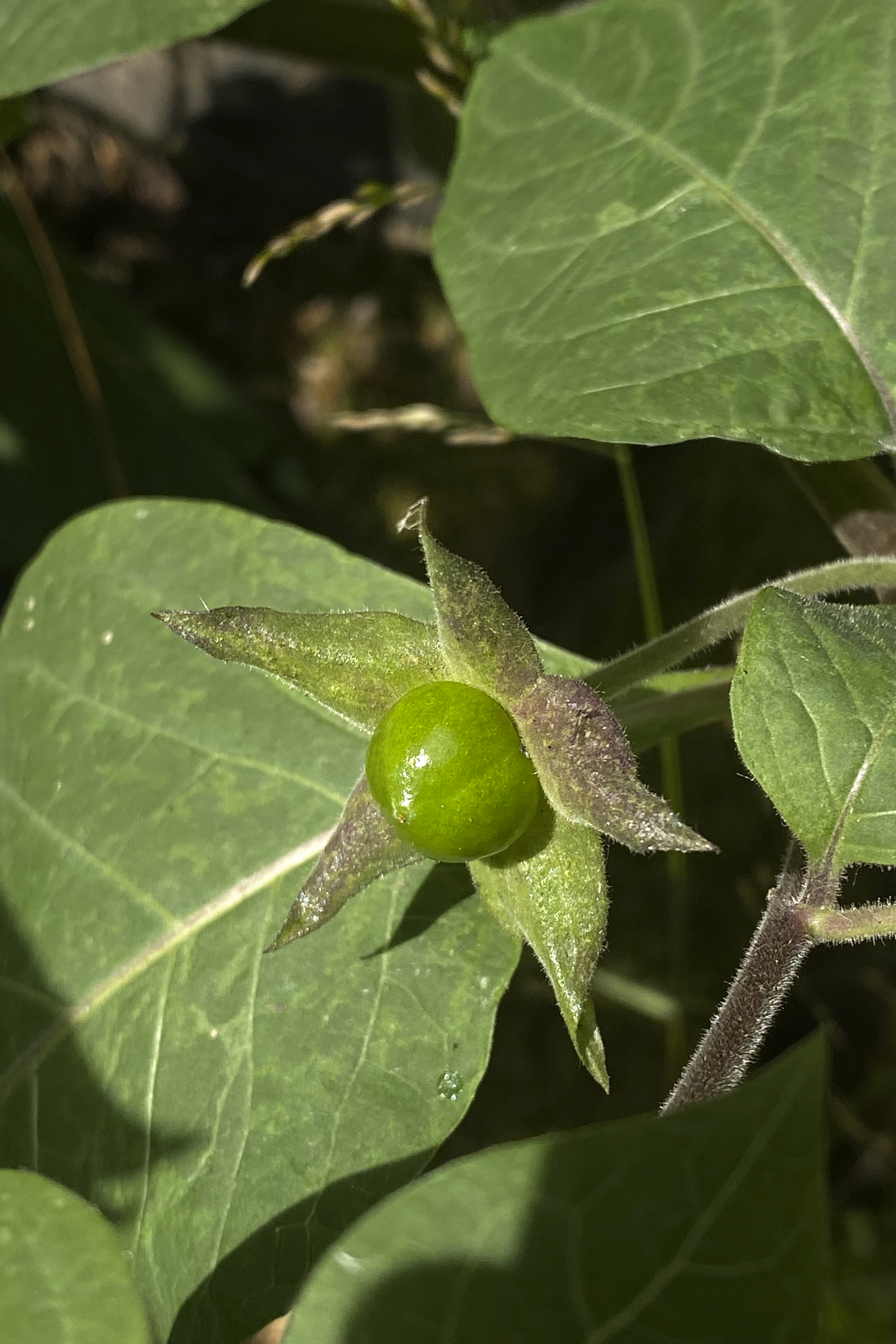
Hi, my name is Deadly nightshade. Do you want to know where my name comes from?
ELSPETH DIEDERIX
ATROPA BELLADONNA (WOLFSKERS)
Deadly nightshade
name
Atropa belladonna
Height
100 cm
Flowering time
June-August
Family
Solanaceae

name
Atropa belladonna
Height
100 cm
Flowering time
June-August
Family
Solanaceae












